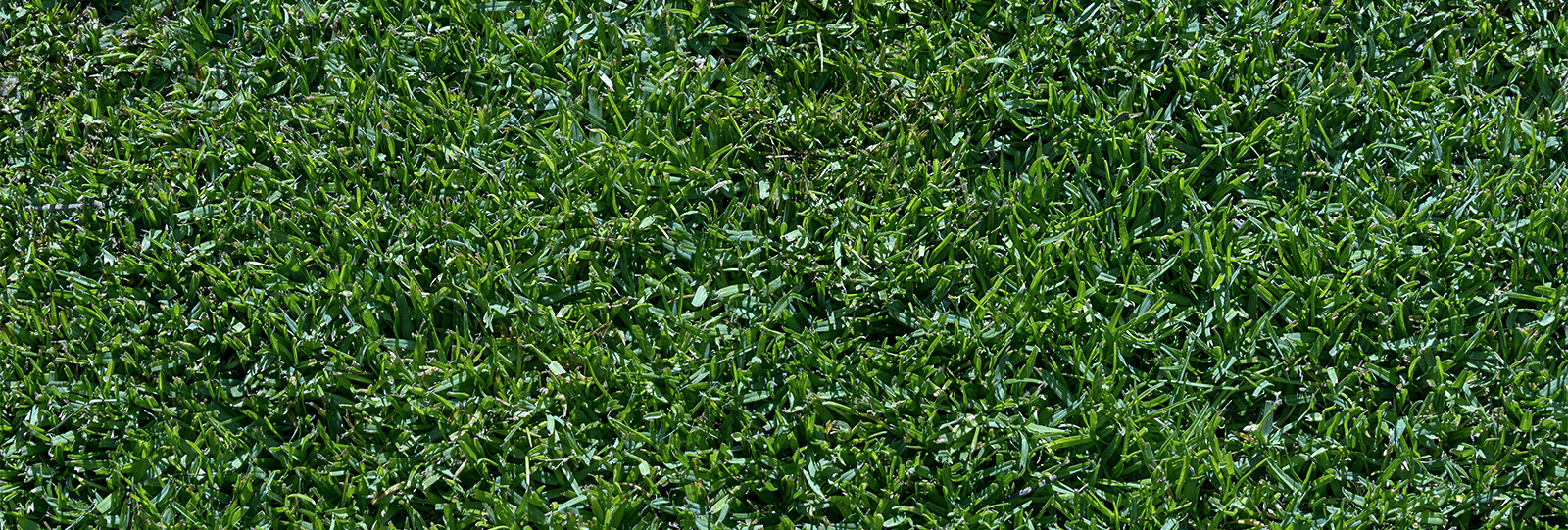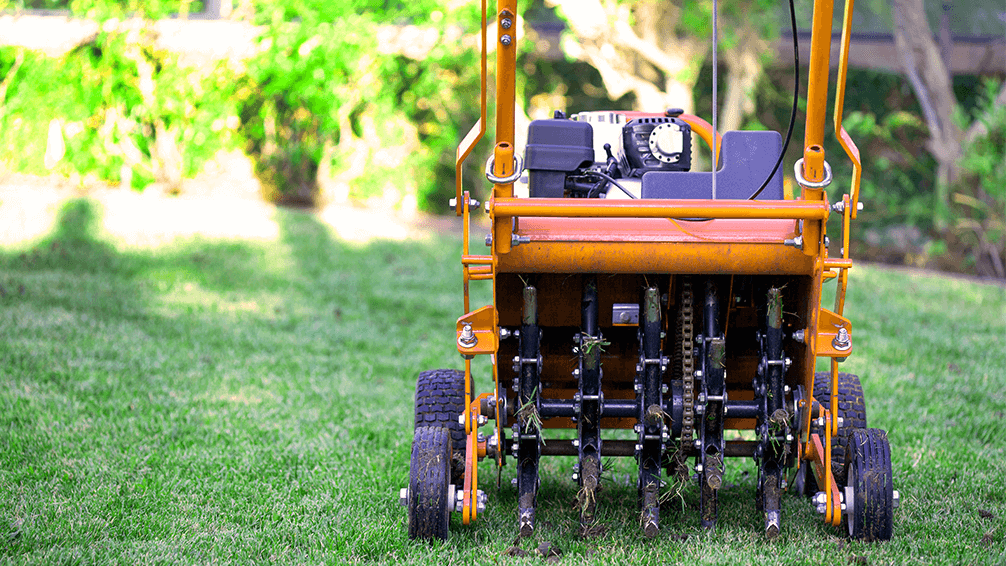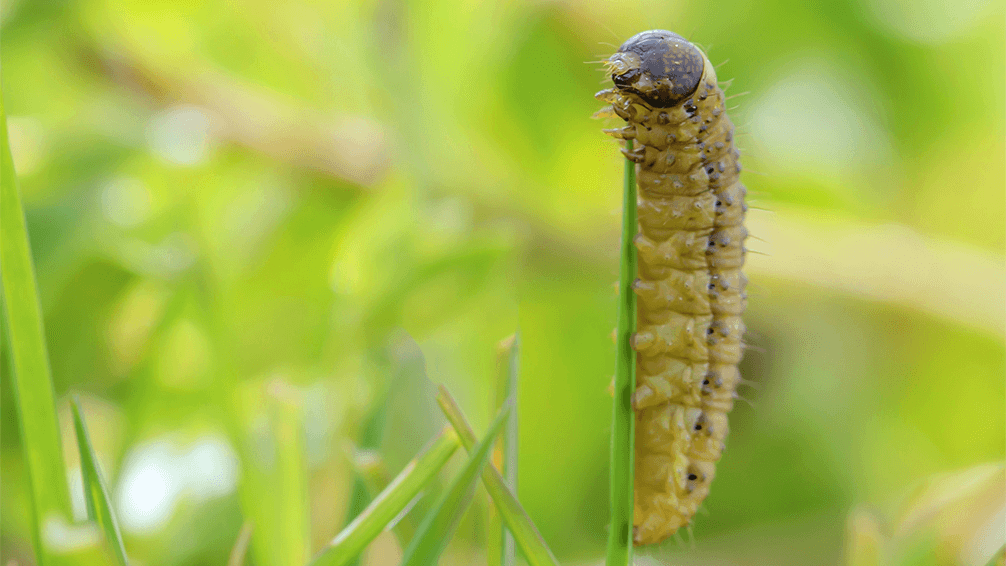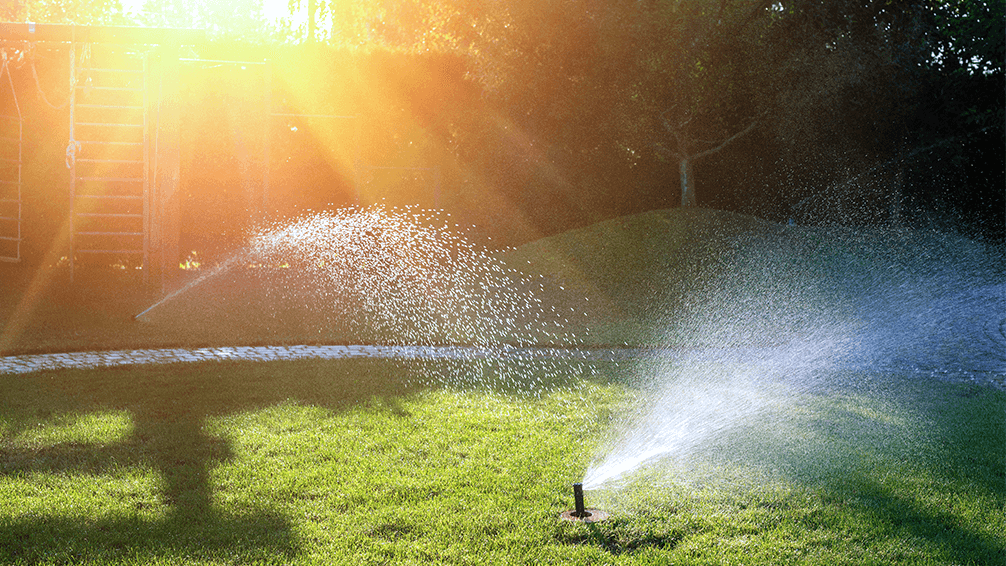
Turf Time: Late Spring Lawn Care Tips for Houston
A good lawn care routine is kind of like a skin care routine—you want to keep it well hydrated, occasionally you need a spot treatment, and every month or two it’s a good idea to break out the specialty products to give things a boost. Having a list of care tips and routines to follow each spring will help keep your grass healthy and blemish-free!
Now, you’ve probably done a bit of prep work in the yard already this spring. But as we enter June and the Houston summer heat wave approaches, you’ll want to give your lawn a “zhuzh.”

Houston Has Had Wacky Weather This Year—These Lawn Care Tips are Extra Necessary!
When weather conditions aren’t great and your lawn is stressed, it’ll be more vulnerable to issues like weeds, fungal growth, and pest infestations…eww. Maintaining healthy soil boosts immunity to these threats, and keeping an eye out for early signs of damage will help you tackle them before they get out of hand.
Lawn Care Tips for Fertilizing Grass
Apply a slow- or controlled-release fertilizer late June or early July. For example, a 19-4-10, 11-0-4, or 20-0-5 formula would work just fine! Different fertilizers are needed throughout the seasons. We’ve been following Randy Lemmon’s Lawn Fertilization Schedule to keep track of what to use, and when. Print it out and stick it on the fridge as a quick reference! It includes some really helpful directions for herbicide and fungicide treatments, too.
Use Pre-Emergent Herbicides
One of the best spring lawn treatments is a pre-emergent herbicide, because it’s typically less harsh than a herbicide meant to target fully developed weeds. Pre-emergents stop weeds from sprouting in the first place, so it’s more of a preventative. Randy Lemmon recommends choosing a product that contains barricade, dimension, or pendimethalin—they work for both broadleaf and grassy weeds!

Spring Lawn Aeration
Aerating your lawn with a core or plug aerator improves drainage and air circulation, fluffing up the soil and preventing compaction. Particularly after all this rain in Houston, if your landscape gets a lot of foot traffic, it will get squashed down and moisture may pool on top. Crank up some tunes in the yard, spend an afternoon driving the aerator through the soil, and you’ll end up with a much healthier lawn (and a pretty decent arm workout). After the mechanical aeration is complete, follow it up with Microlife Humates Plus and a ¼” layer of Nature’s Way Leaf Mold Compost. This will add and stimulate your soil microbes to take your aeration to the next level!!

Keep an Eye Out for Chinch Bugs and Sod Webworms
Pest control definitely isn’t our favorite aspect of summer grass care, but if you pay close attention and intervene quickly, you’ll have a much easier time dealing with the problem. As temperatures increase, chinch bugs and sod webworms are ready to begin their path of destruction. They’re more likely to attack lawns that are inconsistently watered or have poor, compacted soil, so be sure to stay on top of your regular care routine! Watch out for brown, ratty patches of grass that lift easily from the soil when pulled. For more detailed instructions on the best methods of pest control, check out our previous blog on how to save your lawn from sod webworm and chinch bugs.
Prevent Brown Patch with a Consistent Lawn Care Routine
Brown patch is an annoying fungus that lies dormant over the summer and then springs into action in fall when temperatures dip to around 70°F. The best way to prevent brown patch is by watering consistently and generously—don’t overdo it and waste water, but make sure you water thoroughly enough to soak deeply into the roots. Dethatching your lawn and keeping it free of debris will also make it less hospitable for brown patch fungus.
Tackle Grey Leaf Spot on St Augustine Grass
All this rain and humidity has caused major issues with grey leaf spot in St Augustine grass—one of the most common warm season turfgrasses in Houston. It looks like what you’d expect: grey spots on blades of grass. A fungicide containing daconil, consan, or banner will help clear out this unpleasant pathogen!

How Often Should You Water Your Grass in Houston?
Typically, you’ll want to run the sprinklers once per week in Houston, long enough to give your grass about 1.5 inches of water. In summer when temperatures start to exceed 88°F, you’ll want to increase the frequency to once every 4–5 days. Try to water your grass as early in the morning as possible, so it can soak deeply into the soil and hydrate your grass before the hot sun dries it all up.
If you have any questions about end-of-spring grass care, or if you need some fertilizers and treatments to keep your lawn looking lush n’ lovely, visit Plants for All Seasons in Houston! We can help you put together a flawless landscape regime, for gorgeous grass all year.

